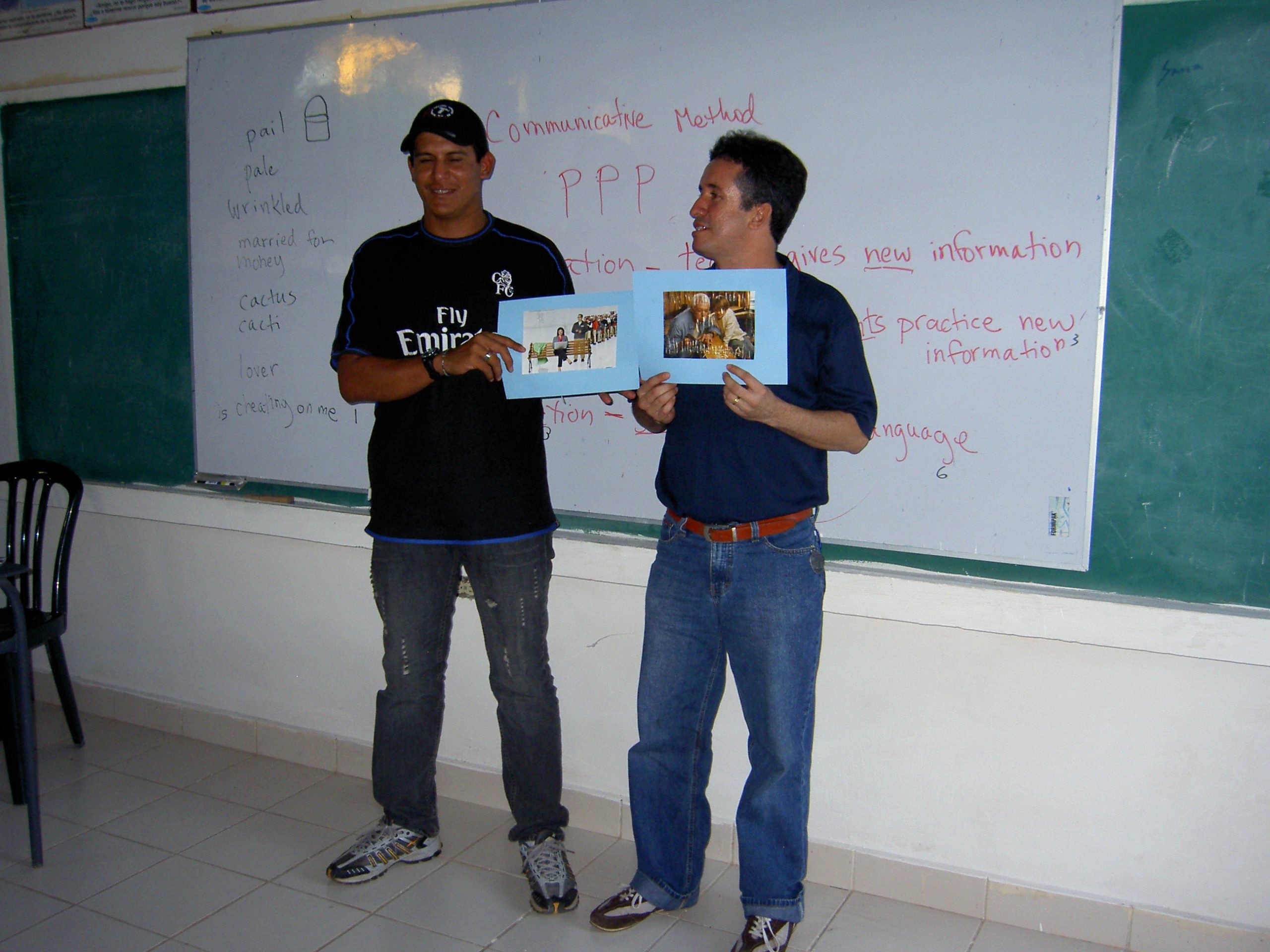 Imagine teaching in a national park, a strictly protected island nature reserve where almost every necessity must be imported, raising the price of a small bottle of water to as much as $1.50. There are more tourists than inhabitants (though only 100,000 tourists visit per year), no shopping mall, no supermarket, and no gym (and not even an ATM on Isabela Island). It is hard to find a newspaper and even more difficult to get online.
Imagine teaching in a national park, a strictly protected island nature reserve where almost every necessity must be imported, raising the price of a small bottle of water to as much as $1.50. There are more tourists than inhabitants (though only 100,000 tourists visit per year), no shopping mall, no supermarket, and no gym (and not even an ATM on Isabela Island). It is hard to find a newspaper and even more difficult to get online.
The dedicated English teachers in the Galapagos represent the epitome of making do and the importance of creativity when teaching with scarce resources in very small communities.
They teach perhaps the most important subject in school, imparting a knowledge of English, which is one of the few ways of giving their students any hope at making a living since the islanders’ income depends almost completely on tourism.
Teachers tell of parents who complain when asked to give 20 cents toward photocopies for their children’s assignments or refuse to buy a marker, which each student must have to be able to write on the board. In a class of 24, it is common to find as many as 7 students without the required textbook.
As an English Language Fellow, I came to the Galapagos from Panama City, Panama, where my fellowship term was based, to present hands-on workshops to 14 teachers on two of the four inhabited islands Galapagos islands. I addressed creating materials for communicative classrooms, error corrections, and communicative exams. I also taught and observed eight English classes in three open-air cinderblock schools with small class sizes, but large gaps in terms of access to resources.
I was able to use my 20-kilogram baggage limit to transport books, maps, magazines, paper, and materials to donate to the teachers, and I promised to ship more should they ask for other teaching supplies.
In the workshops, the teachers made alphabet cards, people face cards, picture activity posters, and grammar balloons to use with hundreds of possible communicative activities.
Thanks to a generous grant from the U.S. embassy, I was able to reach these hard-working yet isolated English teachers who commented that the trainings they received were the best they’d ever had and extremely important due to the fact that they must now pass a national teachers’ exam newly implemented by the Ecuadorian government.

